
More acceptance of mental disorders can increase the likelihood of seeing treatment. An investigation looks at whether a curriculum could reduce the stigma surrounding mental illness in school.

More acceptance of mental disorders can increase the likelihood of seeing treatment. An investigation looks at whether a curriculum could reduce the stigma surrounding mental illness in school.

An investigation looks at how the medical history of adolescent e-cigarette, or vaping, product use–associated lung injury (EVALI) differs from young adult and adult EVALI cases.
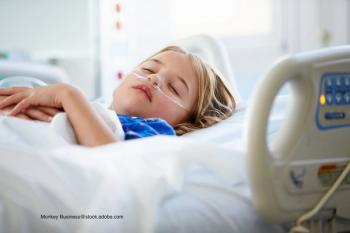
It was initially thought that children were primarily unaffected by COVID-19 and were asymptomatic carriers if they did have the disease. The rise of multisystem inflammatory syndrome in children (MIS-C) has radically changed this thinking.

The US Food and Drug Administration has approved dupilumab (Dupixent, Sanofi and Regeneron) for the treatment of moderate-to-severe atopic dermatitis in children aged 6 to 11 years.
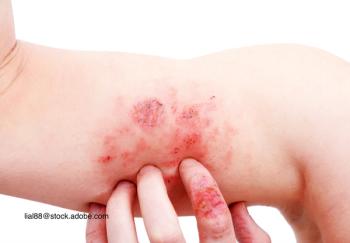
A new investigation looks at the safety of psoriasis treatment in pediatric cases.

Biomarkers can predict community-acquired pneumonia (CAP) severity in adults. A new study looks at whether they can do the same in pediatric cases.

Distracted driving and an adolescent driver can be recipe for disaster, and laws have been enacted to cut down on distracted driving. A new study asks whether these laws are actually effective.

A new study examines whether dexrazoxane provides cardiac protection in pediatric patients with acute myeloid leukemia (AML).

Available data cannot claim benefits of one medication over another for pediatric migraine, but evidence supports treatment of some kind to reduce frequency and severity.

New research shows that a mother’s mental illness can impact their child’s completion of recommended vaccinations.
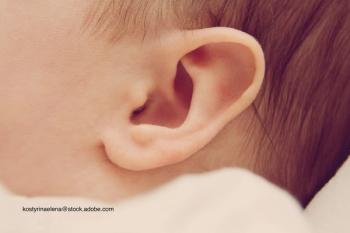
Early intervention and ongoing surveillance are key to the management of hearing loss in childhood. Here’s why pediatricians should prioritize hearing screening at every well-child visit.

Standing orders have a positive impact on vaccination rates. However, a new study indicates that some doctors aren’t using them for a variety of reasons.

A look at the benefits of using otoacoustic emissions screening for hearing loss examination in children.

A new study examines whether a high dose of vitamin D during pregnancy improves the bone health of offspring.

COVID-19 can lead to severe illness in patients with underlying health conditions. A research letter indicates that children who have pediatric cancer may not be at risk of more serious disease.
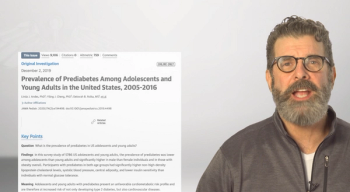
For Contemporary Pediatrics, Dr Bobby Lazarra discusses a survey study published in JAMA Pediatrics that looks at the prevalence of prediabetes in the pediatric population of the United States.
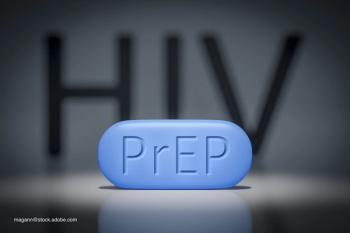
Human immunodeficiency virus (HIV) disproportionately impacts adolescents and young adults, but too few use Preexposure prophylaxis (PrEP). A review in JAMA Pediatrics examines the current status of PrEP among teenagers.

A full-term male infant was born at 40.3 weeks gestational age via vaginal delivery to a 29-year-old single G6 P30204 mother with limited prenatal care (3 visits) and short interval pregnancy. The delivery was precipitous: Rupture of membranes was 3 hours in duration with clear fluid; no intrapartum medications were administered; and the infant’s Apgar scores were 9 and 9 at 1 and 5 minutes, respectively. What's the diagnosis?
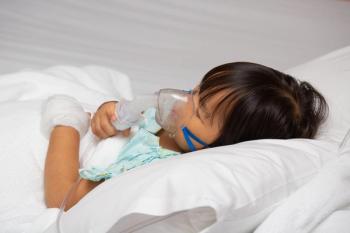
Contemporary Pediatrics' latest webinar will provide the latest information on multisystem inflammatory syndrome in children associated with COVID-19 infection and provide guidance on how to manage patients who develop the complication, presented by a panel of experts. Register today for the May 20th presentation.

Many hospitals see pediatric patients who present with seizures in the emergency department, but a majority of cases that require admission are transferred to other facilities.

Children with mental health disorders are visiting emergency departments (EDs) at increasing rates. A new study looks at whether the EDs can provide optimal care.

Autodialer centralized reminder and recall messages have been used to improve the rate of childhood vaccination. A new study examines whether they could improve human papillomavirus (HPV) vaccination rates as well.

Pathological gaming has become an increasing concern as more technology ends up in the hands of teenagers. A new study looks at the incidence and effects of compulsive gaming in teenagers over time.
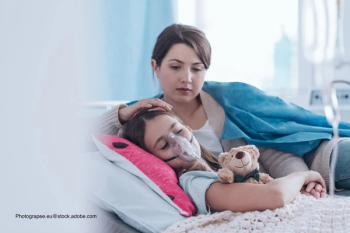
The Centers for Disease Control and Prevention (CDC) has released an advisory for the newest issue in pediatric COVID-19 cases: multisystem inflammatory syndrome in children (MIS-C).

Teenagers like to spend time in the sun and even engage in tanning, in spite of warnings about skin cancer and aging. A new study indicates that using technology could help change adolescent minds.
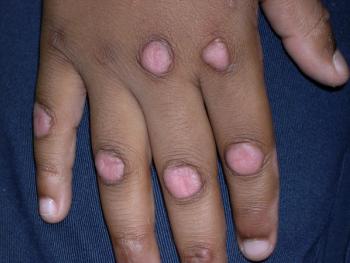
A healthy 11-year-old boy presents for evaluation of thick skin over the metacarpal (MCP) and proximal interphalangeal (PIP) joints on his right hand. What's the diagnosis?

COVID-19 has led to many changes in health care, including how children receive care. A new report from the Centers for Disease Control and Prevention examines how these changes have impacted vaccination.
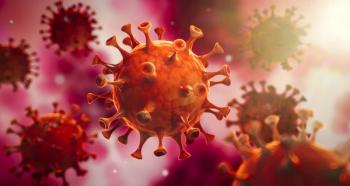
COVID-19 had previously appeared to lead to a mild disease course in children, but recent news has altered that view. A new study looked at severe complications of the disease in children.

Adverse events in childhood have a lifelong impact. A new study provides more evidence of negative cardiovascular outcomes.

Clinical trials have led to many improvements in pediatric cancer survival rates. However, a new study finds that enrollment rates in clinical trials are on the decline.